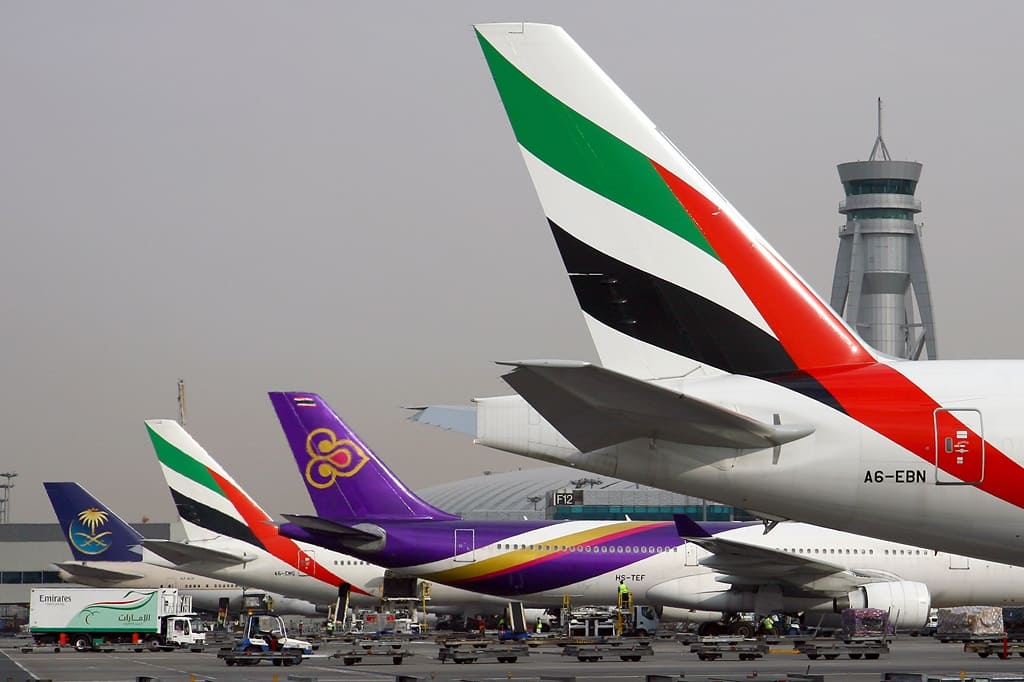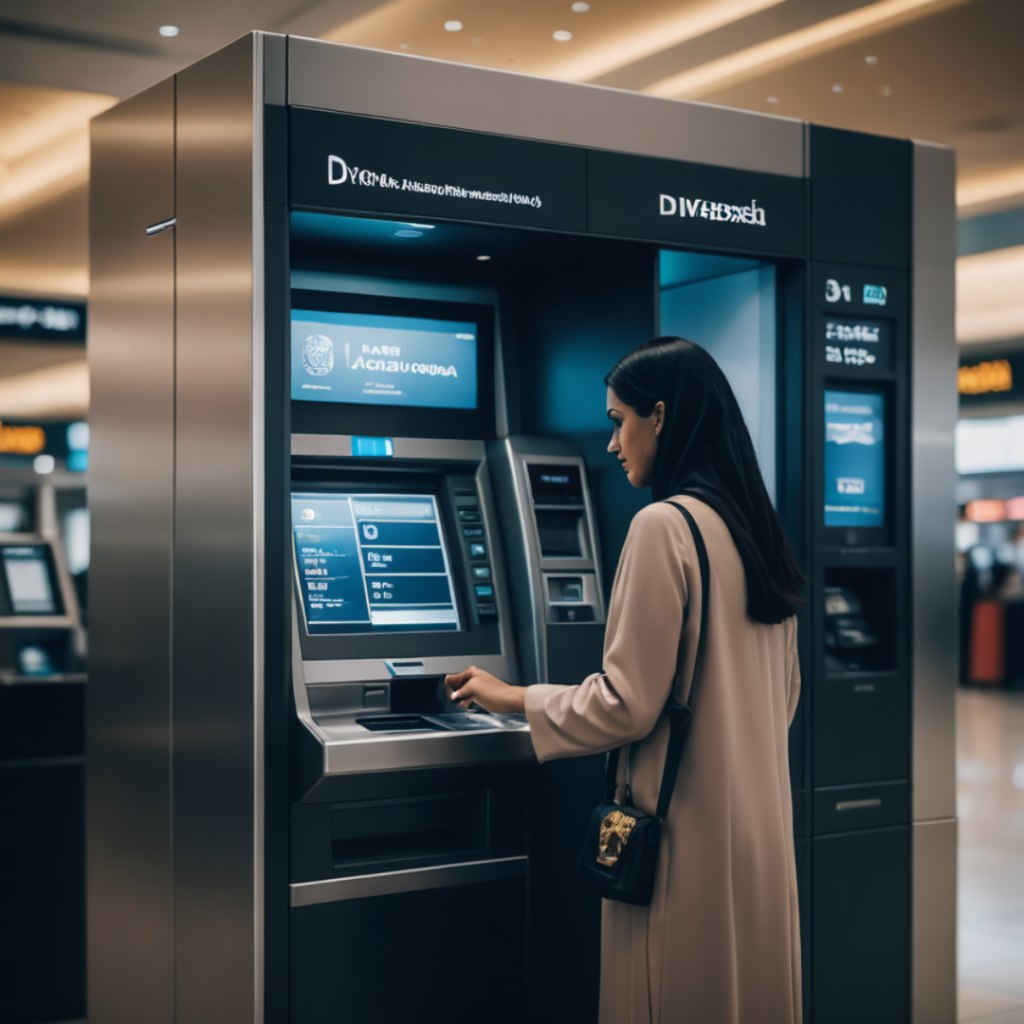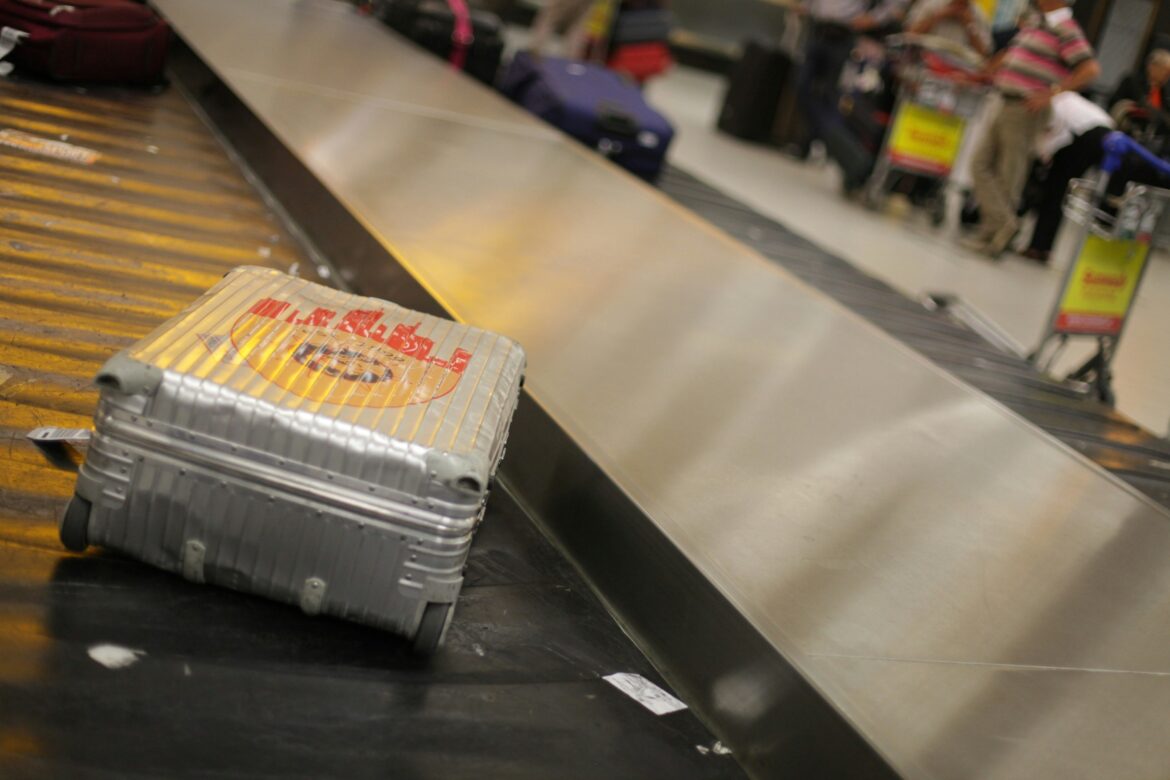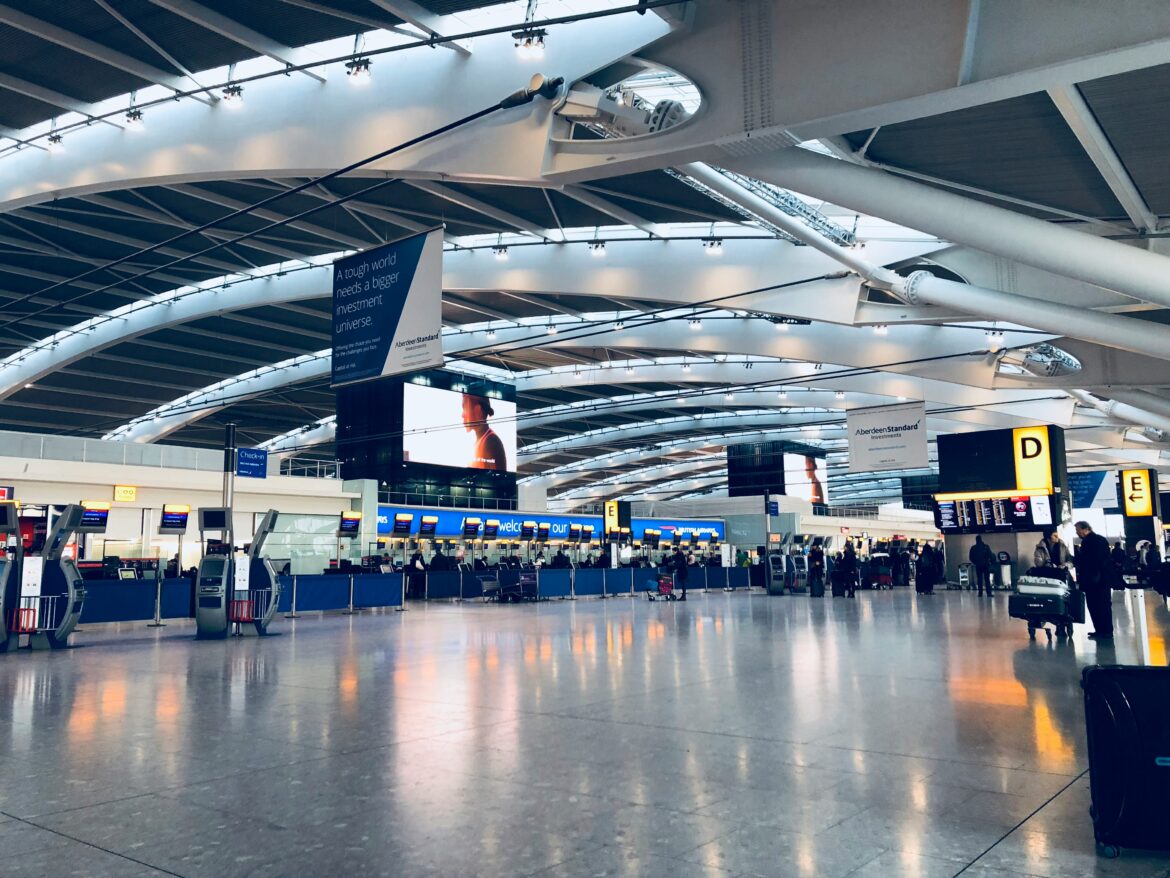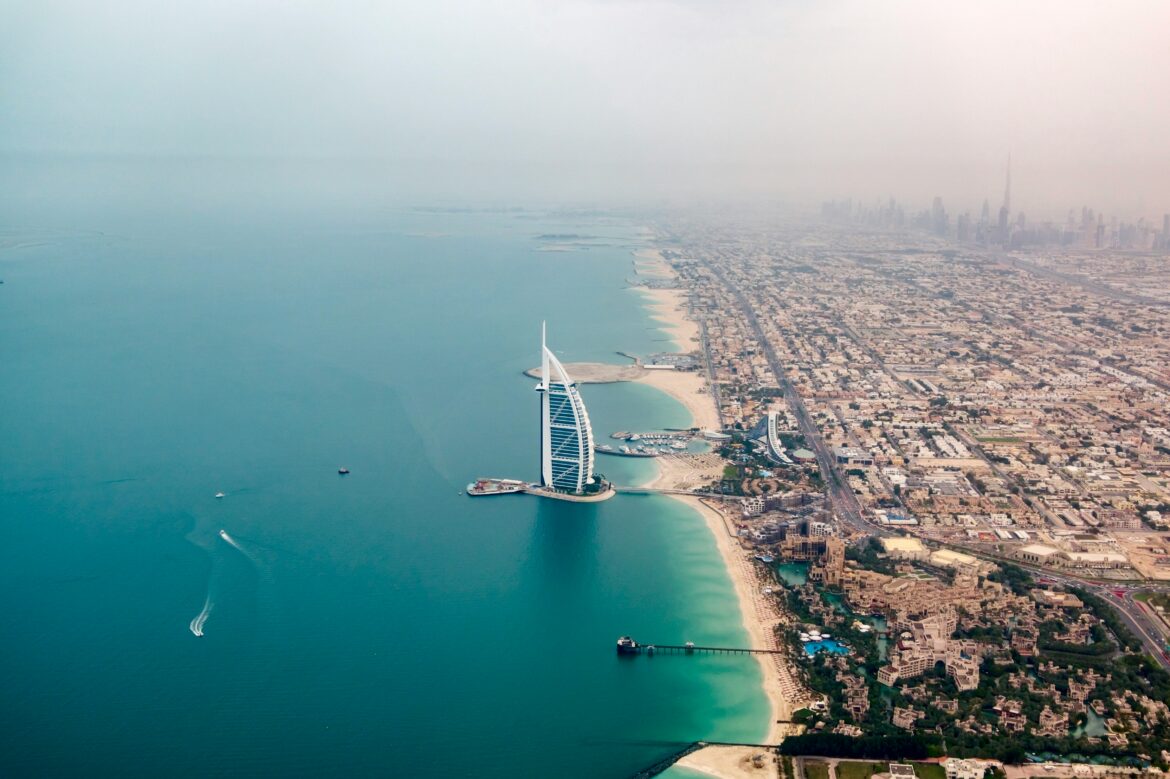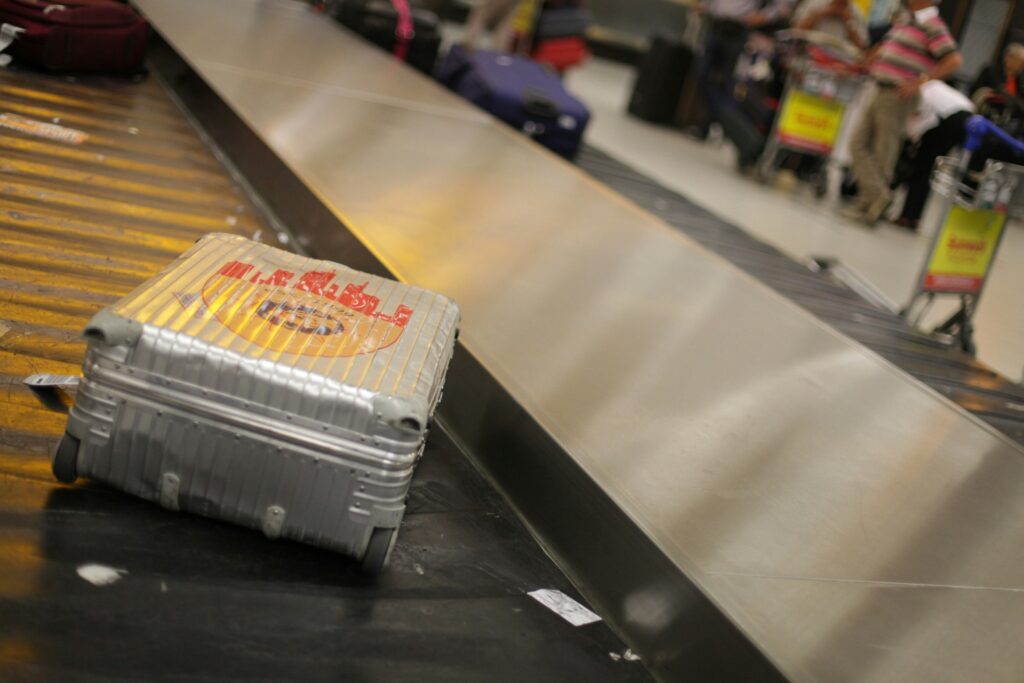Dubai International Airport (DXB) offers several convenient ways to exchange your currency upon arrival. Here’s a breakdown of your options:
Currency Exchange Offices:
- Several currency exchange offices are located throughout the arrivals and departures terminals at DXB. These offer a straightforward way to convert your currency to United Arab Emirates Dirham (AED), the local currency.
- Things to Consider:
- Currency Exchange Rates: Compare rates between different currency exchange offices before finalizing your transaction. Rates might vary slightly.
- Fees: Some currency exchange offices might charge commission fees on top of the exchange rate. Be sure to inquire about any applicable fees before exchanging your money.
ATMs for Currency Exchange:
- ATMs (Automated Teller Machines) are widely available throughout DXB. You can use your debit or credit card to withdraw AED directly from your bank account.
- Things to Consider:
- ATM Fees: Your bank and the ATM operator might charge fees for international withdrawals. Check with your bank for any associated fees before using an ATM abroad.
- Network Compatibility: Ensure your ATM card is part of a network compatible with ATMs in the UAE (e.g., Visa, Mastercard).
Prepaid Travel Cards for Currency Exchange:
- Consider obtaining a prepaid travel card before your trip. You can load the card with funds in your home currency and then use it for transactions in Dubai.
- Things to Consider:
- Fees: Prepaid travel cards might have associated loading fees and transaction fees. Compare options and choose one that best suits your needs.
- Acceptance: While widely accepted, prepaid travel cards might not be accepted by all merchants in Dubai.
Recommendations for Currency Exchange:
- Small Conversion at the Airport: Exchange a small amount of cash for immediate needs like taxis or airport purchases.
- Consider ATMs or Prepaid Cards: For larger sums, ATMs or prepaid travel cards might offer better exchange rates or lower fees compared to airport currency exchange offices.
Additional Tip:
- Research Exchange Rates: Before your trip, research the current exchange rate between your home currency and AED. This will give you a baseline to compare rates offered by different currency exchange services.
Researching Exchange Rates: As you embark on your Eid al-Adha adventure in Dubai, staying informed about currency exchange rates is crucial for managing your travel budget effectively. Here’s how to be currency savvy:
Understanding the Currency: The official currency of the United Arab Emirates (UAE) is the Emirati Dirham (AED). Familiarize yourself with the different denominations of bills and coins you’ll encounter.
Finding the Best Rates: Exchange rates can fluctuate, so it pays to shop around for the best deal. Here are some options to consider:
- Your Home Bank: Check with your bank about their exchange rates and any fees associated with converting currency.
- Currency Exchange Bureaus: Numerous currency exchange bureaus (often called “forex”) operate throughout Dubai, especially at airports and tourist areas. Compare rates before exchanging your money. Look for establishments with clear signage and avoid those with hidden fees.
- ATMs in Dubai: Withdrawing cash from ATMs in Dubai is convenient, but be aware of potential fees charged by both your bank and the ATM operator. Consider using ATMs affiliated with your bank to minimize fees.
Travel-Friendly Options:
- Prepaid Travel Cards: Consider loading a prepaid travel card with AED before your trip. These cards offer competitive exchange rates and allow you to track your spending easily.
- Debit Cards: Using your debit card for purchases in Dubai may be convenient, but check with your bank about any foreign transaction fees that might apply.
Tips for Wise Spending:
- Set a Budget: Determine your estimated travel expenses for Eid al-Adha and allocate funds for meals, activities, transportation, and shopping.
- Compare Prices: Prices can vary significantly between shops and restaurants in Dubai. Do some research or ask locals for recommendations to find good deals.
- Embrace Bargaining: Haggling is customary in traditional souks. Research fair prices beforehand and enjoy the bargaining experience!
- Utilize Public Transportation: Dubai boasts a convenient and affordable public transportation system. Purchase a Nol Card for cashless travel on metros, buses, and trams.
By following these tips, you can ensure you get the most value out of your money during your Dubai adventure. Enjoy the festivities, explore the city’s treasures, and create lasting memories without breaking the bank!






